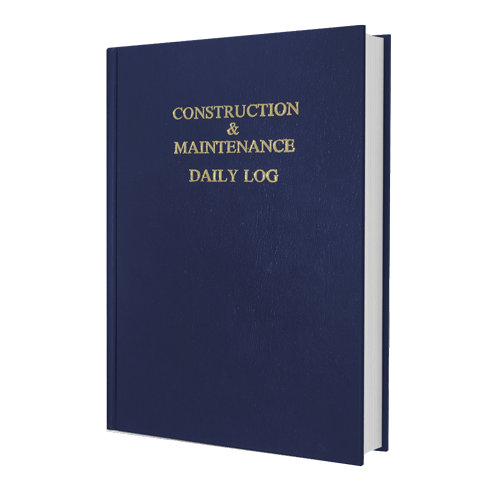The American Society of Civil Engineers has proposed that a new chapter in its ASCE 7 Minimum Design Loads for Buildings and Other Structures, which addresses tsunami-resistant design, also be explicitly referenced in the ICC’s 2018 International Building Code.
U.S. building codes currently do not include any consideration of tsunami hazards, and important buildings or hazardous-material structures can be built with no planning for consequences of tsunamis.
The ASCE 7-16’s new Chapter Six was adopted on March 11, the fifth anniversary of the great East Japan Earthquake and Tohoku Tsunami. One of the worst natural disasters in history, the tsunami struck only a few weeks after the launch of an ASCE project to develop standards for engineering critical facilities for tsunami resilience. The debris fields along the devastated coastal areas of northeastern Japan quickly became a laboratory for investigating not only the direct hydraulic loads but also many related phenomena, such as building buoyancy, backwash and scour.
The project—led by Gary Chock, president of Martin & Chock, Honolulu—developed processes for determining tsunami design zones based on probabilistic risk, rather than historical data. The map is nuanced by near-shore characteristics and local topography, which have huge effects on the outflow loads of draining waters.
The ASCE tsunami standard applies only to new Risk Category III and IV structures in tsunami design zones in Alaska, California, Hawaii, Oregon and Washington, where offshore seismic features can create tsunamis. Risk Category III includes structures whose failure could pose a substantial risk to human life and cause great social impacts. Category IV structures are designated as “essential.”
But if the guidelines are applied to any tall concrete buildings in those zones, those buildings could enhance public safety by providing safe refuge, particularly in areas difficult to evacuate rapidly. In Japan, tens of thousands of people survived the Tohoku Tsunami by climbing to designated refuges in high buildings, on hillsides or atop engineered mounds.
The new ASCE standards were developed based on a maximum considered tsunami (MCT) that has a 2% probability of being exceeded in a 50-year period, or a ~2,500 year average return period. The MCT is characterized by the site-specific inundation depths, run-up and flow velocities during inflow and outflow—all based on probabilistic tsunami hazard analysis.
Considerations include determining the site-specific loads and resistance of lower building elements to hydrodynamic pressures and debris impacts, as well as the foundation resistance to scour and uplift.
The ASCE says the new chapter “provides the first comprehensive tsunami design provisions in the world. It represents the state-of-the-art tsunami design knowledge presented in enforceable code language.”
The ASCE claims engineering for tsunami resilience adds little to the cost of construction because affected structures already will have been designed for high seismic loads and ductile detailing—although they may need enhancement to vertical load-carrying elements and foundations.







